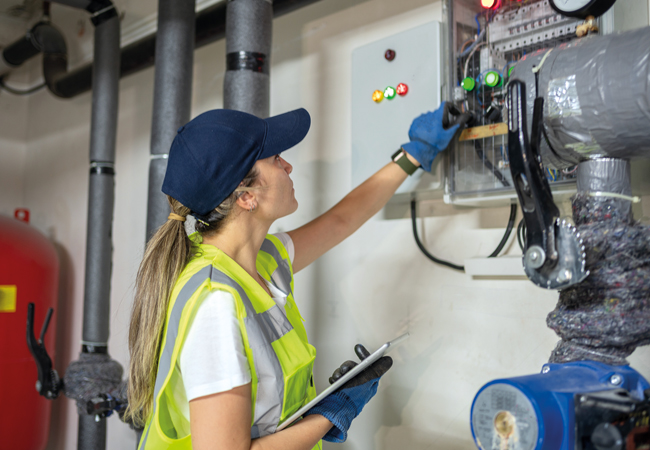As much as 40% of primary school buildings lack adequate ventilation to combat the spread of disease, including Covid-19, according to a study by Coventry University.
The research, led by PhD student Sepideh Korsavi, concluded that this was to do with the design of the buildings and was largely because teachers were reluctant to open windows or doors.
In 32 naturally ventilated classrooms, 805 children were monitored during cold and warm seasons. The study suggested that a classroom with high potential for natural ventilation did not necessarily provide adequate air quality because that relied on windows and doors being opened appropriately.
Korsavi recommended the use of windows at two different heights to meet the needs of both teachers and children. ‘Well-designed, naturally ventilated schools that are operated effectively by school occupants can increase ventilation rates and reduce the risk of spreading Covid,’ she said.
The researchers also recommended schools follow recent CIBSE guidance that reinforces the need for good ventilation to reduce occupants’ exposure to airborne pathogens, including Covid-19.
Meanwhile, 30 primary schools in Bradford are the focus of a £1.85m trial run by the University of Leeds, which studies the effectiveness of air cleaners in reducing the spread of Covid-19.
Two different approaches using portable or wall-mounted devices are being tested: one uses a high-efficiency particulate air filter and the other cycles the air air through an enclosed unit, where it is exposed to an ultraviolet (UV) germicidal light in a bid to ‘inactivate’ the virus.




